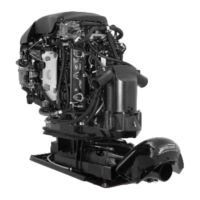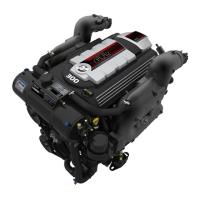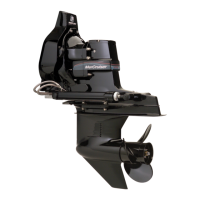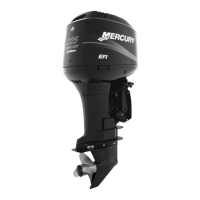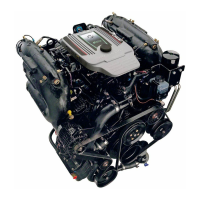CHARGING SYSTEM SERVICE MANUAL NUMBER 22
Page 4B-10 90-860074--1 FEBRUARY 2002
Troubleshooting Tests (Alternator on Engine)
Use the following tests in conjunction with the Troubleshooting in SECTION 1C. Before pro-
ceeding with the tests, however, perform the following checks to eliminate possible problem
areas. Also observe Precautions, preceding, to prevent damage to alternator system.
1. If problem is an undercharged battery, check to ensure that undercharged condition has
not been caused by excessive accessory current draw or by accessories which have
accidentally been left on. Also, ensure that undercharged condition has not been
caused by operating engine at too low a speed for extended periods of time.
2. Check physical condition and state of charge of battery. Battery MUST BE at least 75%
(1.230 specific gravity) of fully charged to obtain valid results in the following tests. If not,
charge battery before testing system.
3. Inspect entire alternator system wiring for defects. Check all connections for tightness
and cleanliness, particularly battery cable clamps and battery terminals.
4. Check alternator drive belt for excessive wear, cracks, fraying and glazed surfaces and
replace if necessary. Also, check drive belt tension and adjust if necessary, as outlined
under Drive Belt Tension Adjustment.
Circuitry Test
Perform the following tests, using a 0-20 volt DC voltmeter, to ensure that all of the circuits
between the alternator and the other components within the alternator system are in good
condition.
